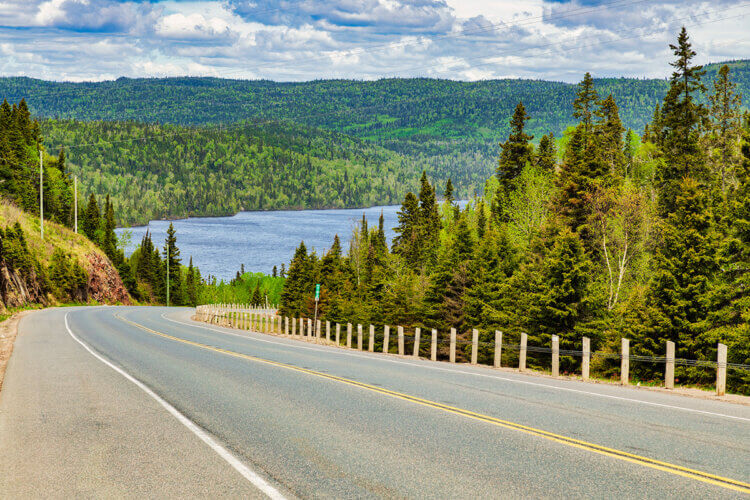
All photos © Robin and Arlene Karpan
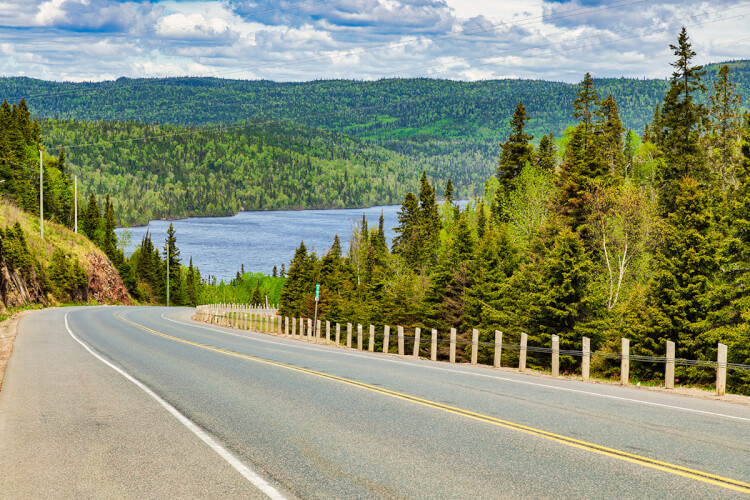
Driving across Canada is something that everyone should do at least once. There’s no better way to appreciate the tremendous scope and diversity of the country from mountains to prairie, Great Lakes, forests, and coastlines, plus different ways of life. Based on our experiences, here are 10 tips to consider when making your plans.
1 Plan but don’t over-plan
Planning is essential in making the trip go smoothly, but resist the temptation to plan every last detail to the point that you lose all flexibility. After all, a big advantage of an independent road trip is the freedom to do what you want – stay longer in a place you like or take a side trip when a local tells you about a cool place that you hadn’t heard of before.
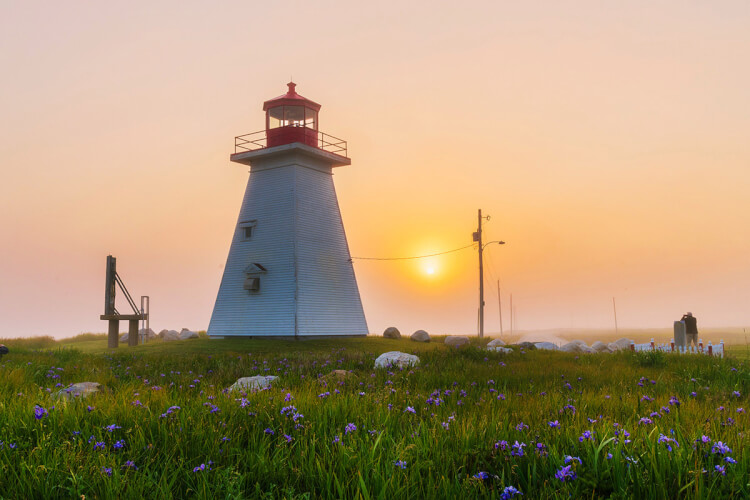
Well ahead of a trip, we contact the tourist office of each province to request current highway maps. While online maps are useful, we find that detailed highway maps are indispensable for looking at the big picture and planning routes.
Tourist offices can supply other materials such as accommodation and campground listings, or park guides. Be sure to tell them if certain things interest you such as hiking, biking, or historic sites. Sometimes they will have more detailed maps and guides to specific places or activities.
A big decision is whether to book accommodation ahead or decide as you go. We usually do a bit of both. Booking ahead is more critical in the summer tourist season. But in the shoulder season, when we prefer to travel, it’s possible to stay a bit looser and have more flexibility.
2 Look at the full range of accommodation options
We use a combination of hotels, motels, Airbnb, and camping on long trips. We pay special attention to cancellation policies in case we want to change plans. Outside of the main tourist season, we may book only a day or two ahead.
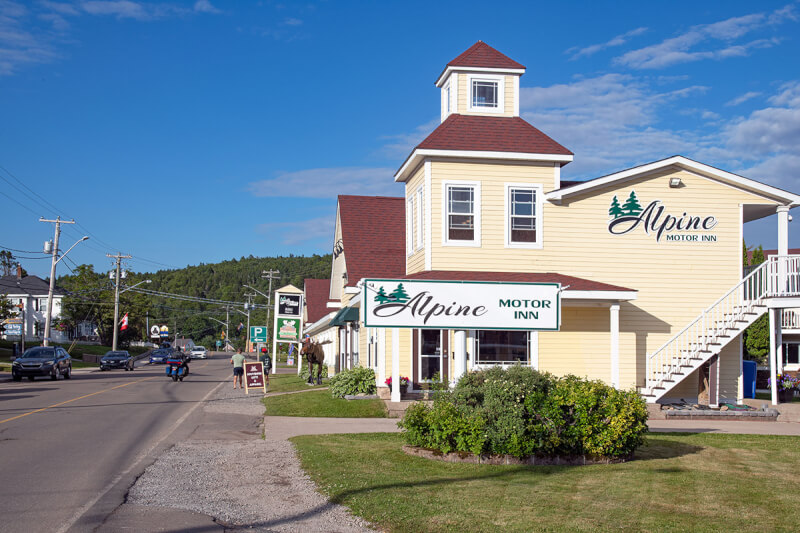
We usually prefer to book directly with places we stay, but occasionally we use websites such as Priceline for last-minute deals. They often have “price breaker” sales where for a certain price, you are guaranteed one of three hotels. You don’t know which one you get until you book. The savings are sometimes substantial. When using sites such as this, it is important to set the currency to Canadian dollars. Sometimes people think they received a super deal only to discover later that the price was in US dollars.
3 Consider campgrounds, even if you don’t have camping gear
Camping provides the most freedom and flexibility, not to mention substantial cost savings. Plus there’s the chance to stay in awesome spots such as on the shore of Lake Superior or next to a beach on PEI. Even without camping gear, don’t overlook campgrounds. A growing trend across the country is for campgrounds to offer other accommodations such as cabins, yurts, or tents already set up and equipped. National parks have long offered oTENTiks, a cross between a frame tent and a cabin. Check the details, since you may have to bring bedding.
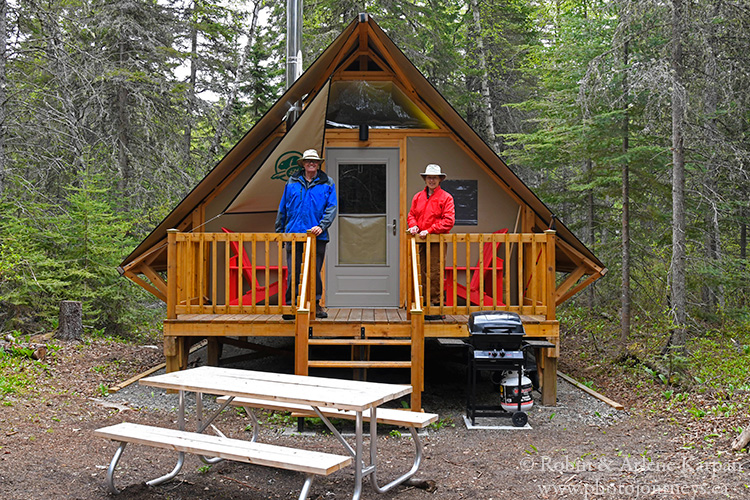
On our last trip to the East Coast, one of the most memorable places we stayed was in a log cabin in Quebec’s Aiguebelle Park. It was off-grid and by itself in the forest, next to an attractive small lake. Not only did it have lots of firewood to use in the wood-burning stove, but the wood was already split! The cabin even came with a canoe, complete with paddles and life jackets, to use on the lake. It cost much the same as a run-of-the-mill roadside motel. With a little checking around we can often hidden gems throughout the country.
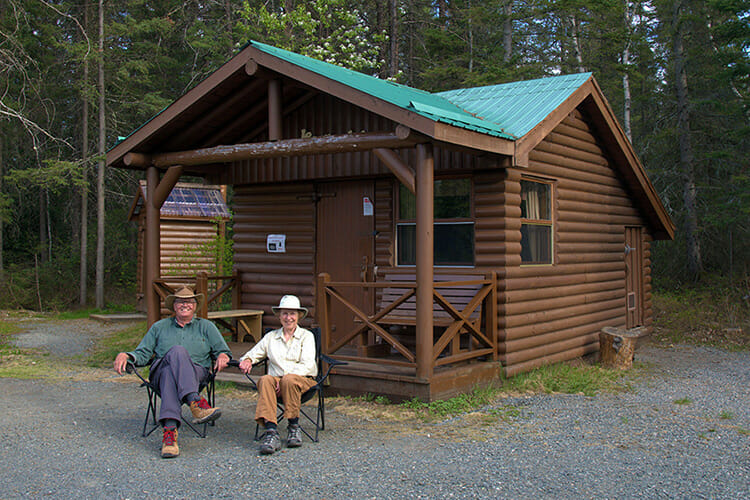
4 Consider doing some of your own cooking
Many people see a road trip as a chance to not worry about cooking and look forward to trying restaurants in new places. We do too, but not every day for every meal on a long trip. We like to have the option of making our meals, which can also be a huge cost saving. When booking accommodation on Airbnb we usually look for places with kitchens. We often find ones that are similarly priced, or even less, than a basic hotel room.
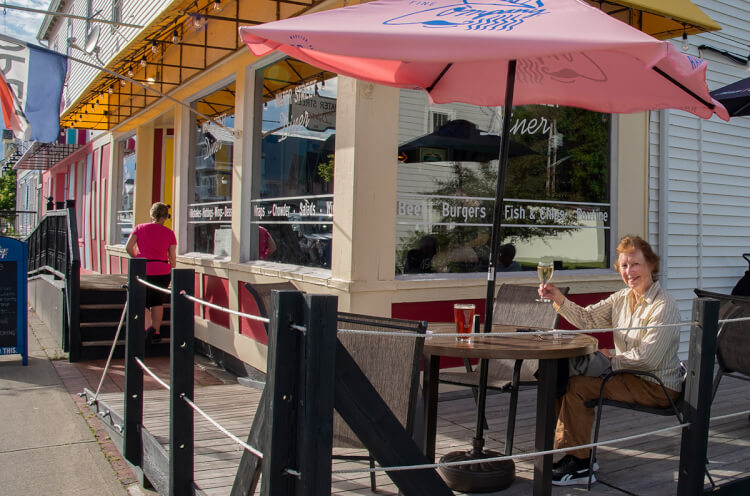
If we plan on camping a lot, we always carry basic cooking gear including a small camp stove. Those travelling in RVs or camper vans enjoy more cooking options.
5 Get a Parks Canada Discovery Pass
If you plan on visiting national parks along the way (you definitely should), consider getting an annual Parks Canada Discovery Pass. It provides unlimited admission to over 80 destinations across the country including all national parks and historic sites operated by Parks Canada. The Family/Group Pass covers up to seven people in the same vehicle. There are discounts for seniors, and free admission for youth 17 and under. The pass can pay for itself in only a few days.
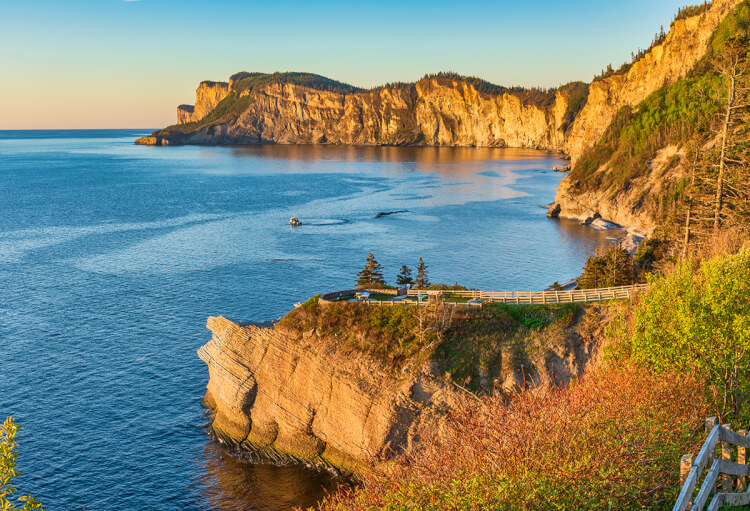
6 Look for ways to minimize your fuel costs
Fuel is a big cost of a cross-country road trip. We always use Gas Buddy, the website to look up current fuel prices almost anywhere. Besides telling you which gas station in town has the best price, it’s even more useful for comparing prices between nearby towns on your route.
Many of us already have co-branded credit cards where we get a bit of a discount at certain gas stations. So why not use these on a trip as well? For example, we have cards for Mobil and Canadian Tire so we usually map out where to find Mobil gas stations along our route.
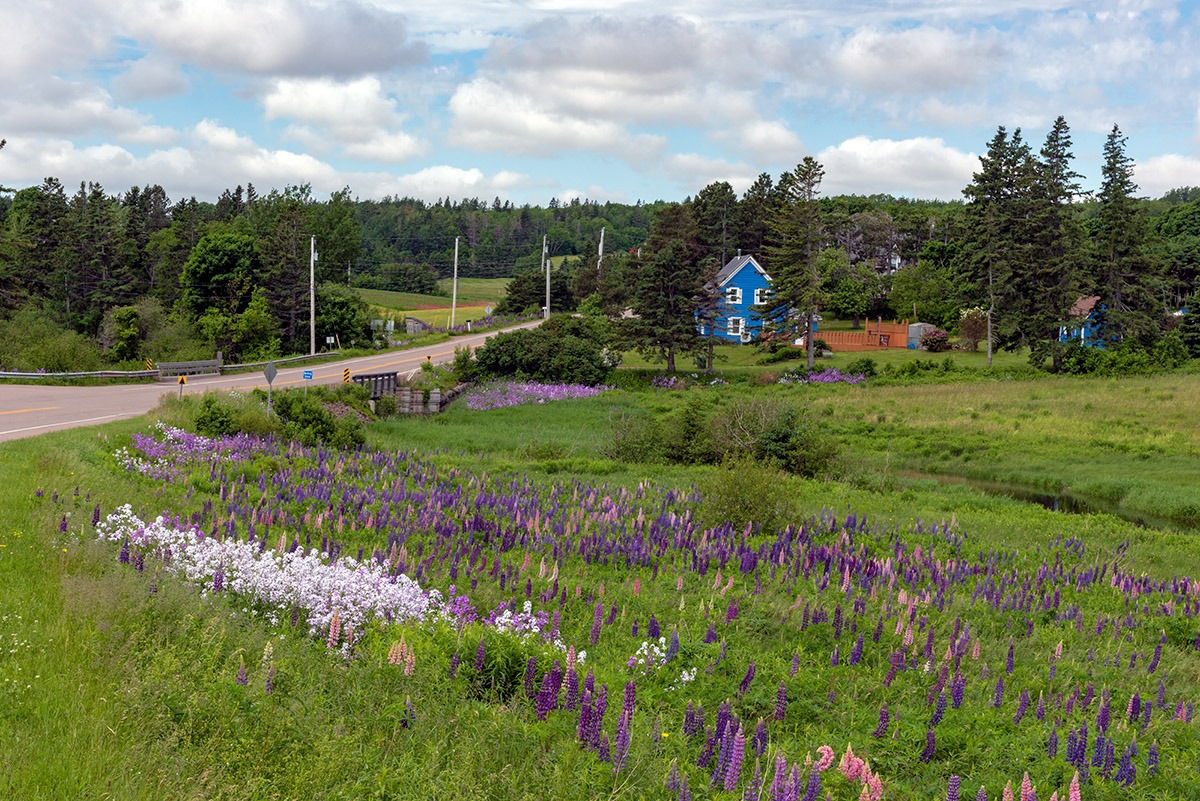
7 Monitor highway hotlines
They may go by different names, but every province has a highway hotline to alert drivers of issues such as weather delays, accidents, or construction. They are easy to find by doing searches such as “Manitoba highway conditions” or “Ontario highway conditions”. Each morning we check for alerts. Summer always brings construction. If it looks like there is a lot of disruption, we can try to find a different route, or at least plan on the drive taking longer.
8 Consider different routes
The Trans Canada Highway is the main road link across the country, offering access to spectacular places all along the way. But it’s not the only one. For example, the Yellowhead Highway across western Canada follows a more northerly route through Saskatoon, Edmonton, and Jasper National Park. A great alternative for crossing the Prairie Provinces is to take a route across the deep south, with access to amazing spots such as Alberta’s Writing-on-Stone Provincial Park and Saskatchewan’s Grasslands National Park.
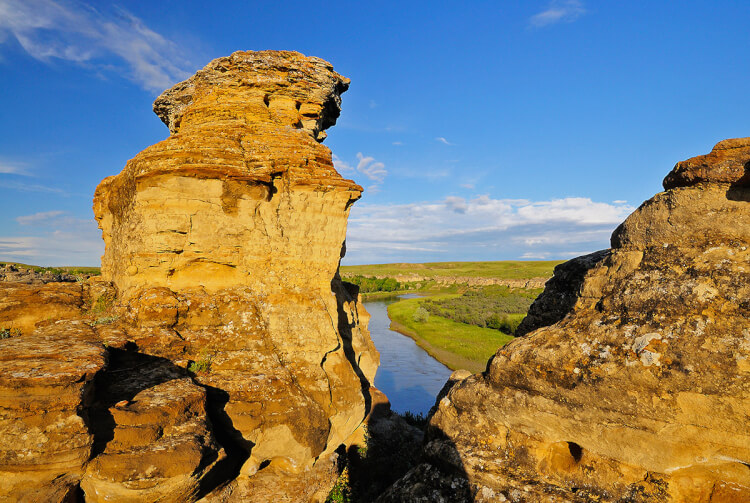
You can find lesser-travelled routes across the country. Once you get off the main highways traffic is usually a lot lighter and places you stop tend to be not as busy.
9 Don’t rely blindly on directions from your smartphone or GPS device
To get from one place to another, many people simply enter the starting point and destination and let the technology provide the route. For the most part, it works fairly well, at least in urban areas and along major highways. But once we get off the beaten path – not so much. Sometimes they do fine, but we’ve also seen them come up with some truly bizarre routes that make no sense.
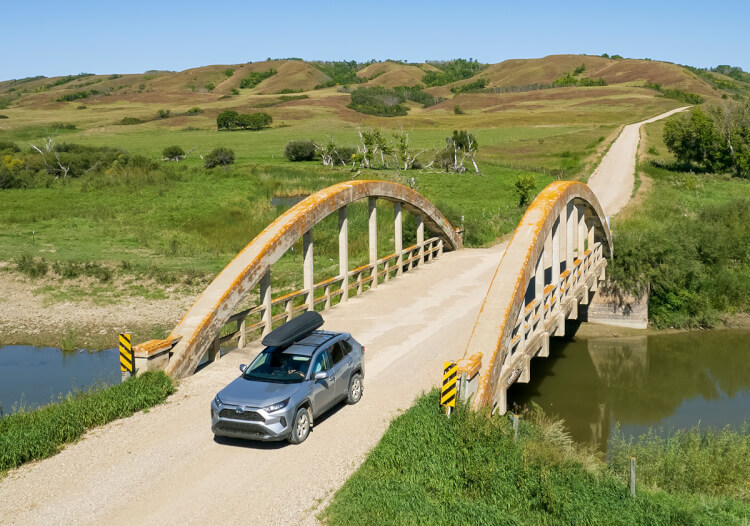
It’s best to have at least a general idea of the route ahead of time, have a paper map handy, and pay close attention to road signs. We use a free map program called Organic Maps that works offline so we don’t need to rely on an internet connection. However, you need to first download the map for the place you’re going while you still have internet service.
10 Take enough time
This is one that most travellers struggle with, including us. When we plan a trip, we’re usually so excited that we come up with a long list of wonderful places to see. But reality sets in when we start calculating driving distances and how much time we have available. You can’t do it all, so you need to pick and choose. We don’t find it fun to simply drive all day. A road trip should be as much about the journey as the destination.
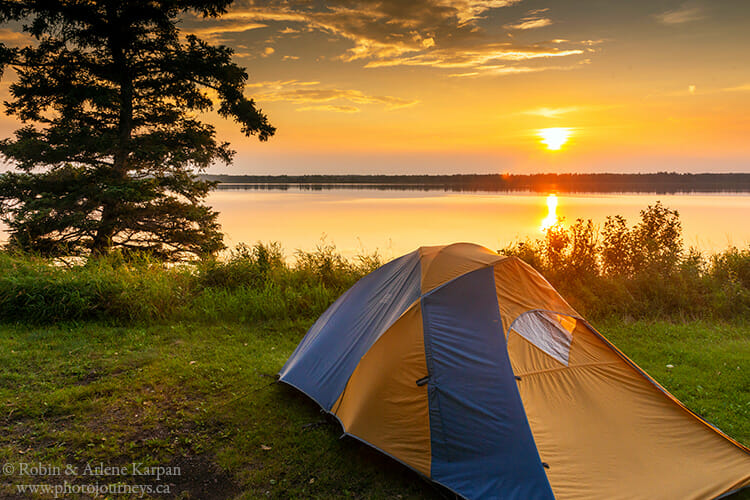
SUBSCRIBE to Photojourneys below
Feel free to PIN this article on Planning a Cross-Canada Road Trip
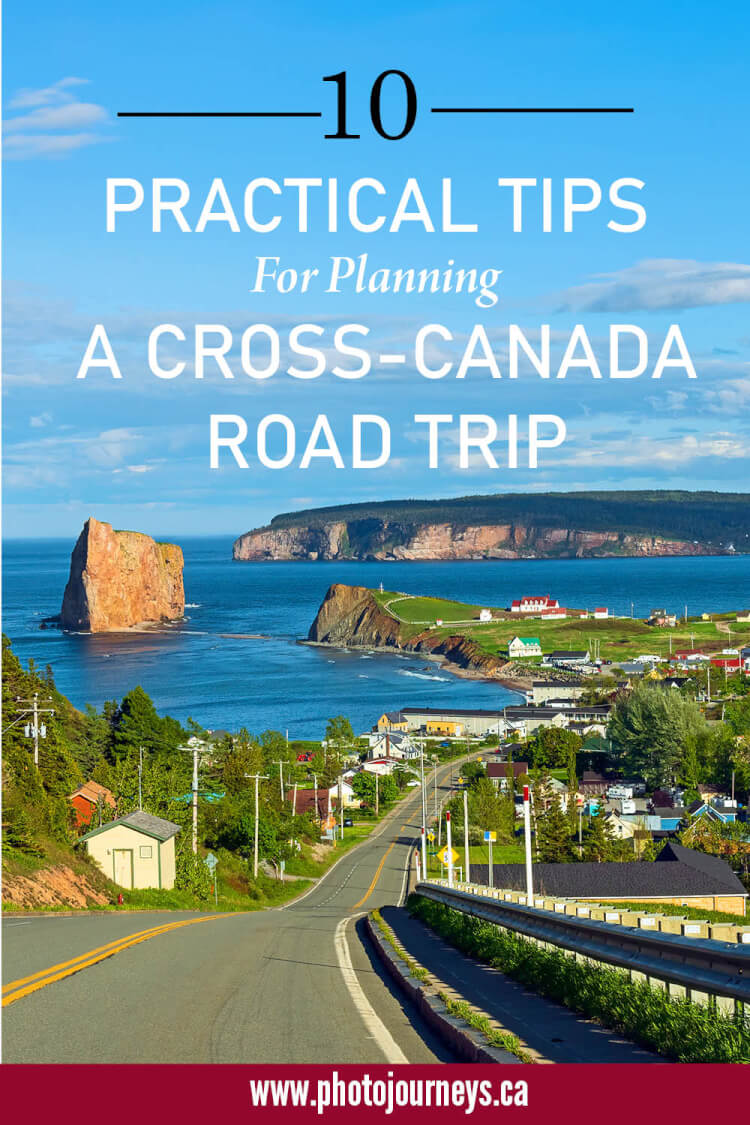


One item I did not notice in your tips was the vehicle you’re driving in. I would want to ensure it is in tip top shape before starting out. I’d make sure that I have roadside assistance coverage & have the car checked thoroughly before starting out. Last week my car battery gave out right in my own town. My car was six years old. I can’t imagine the grief if something happened with my car on a trip across Canada.
Great advice.